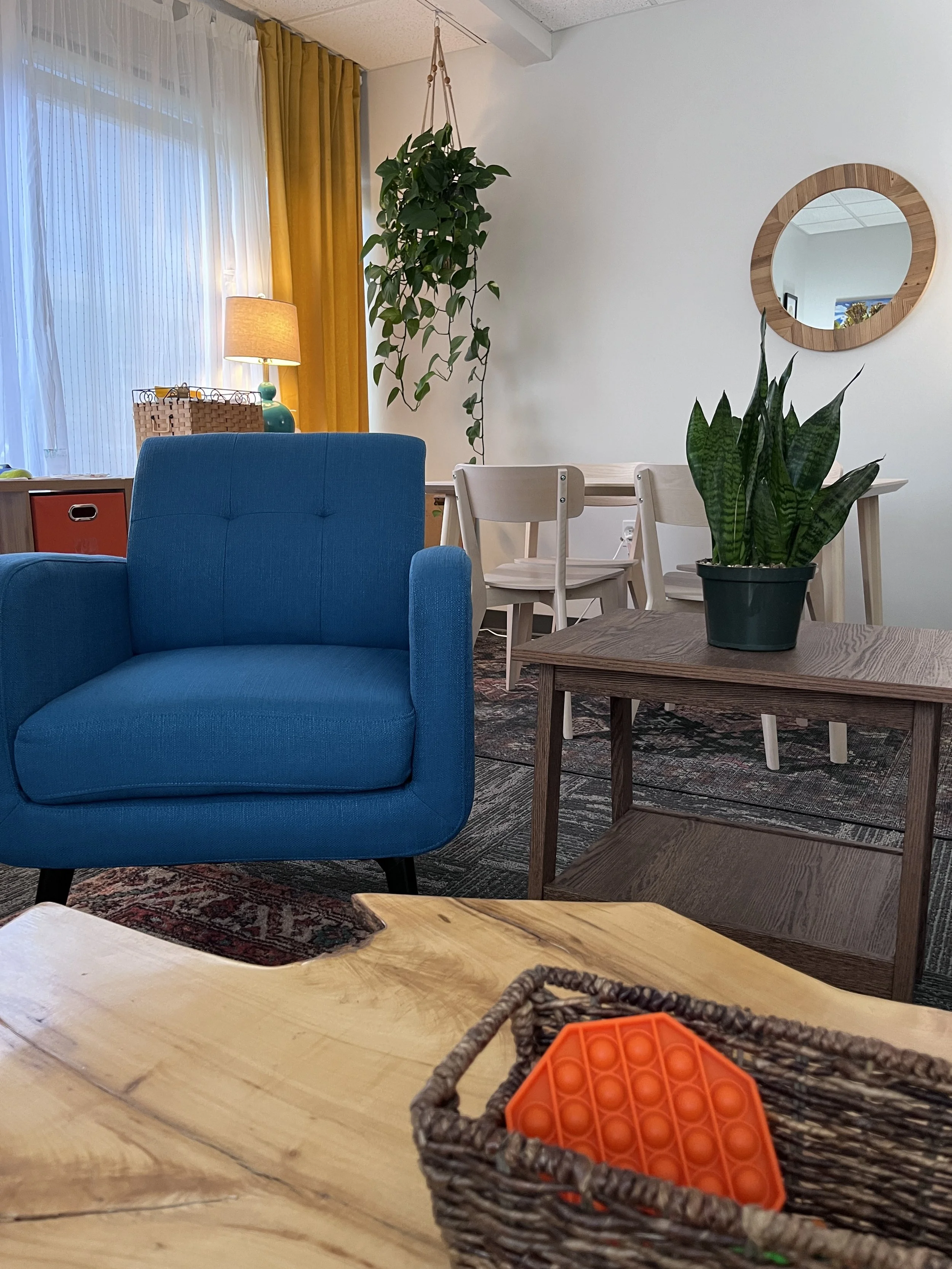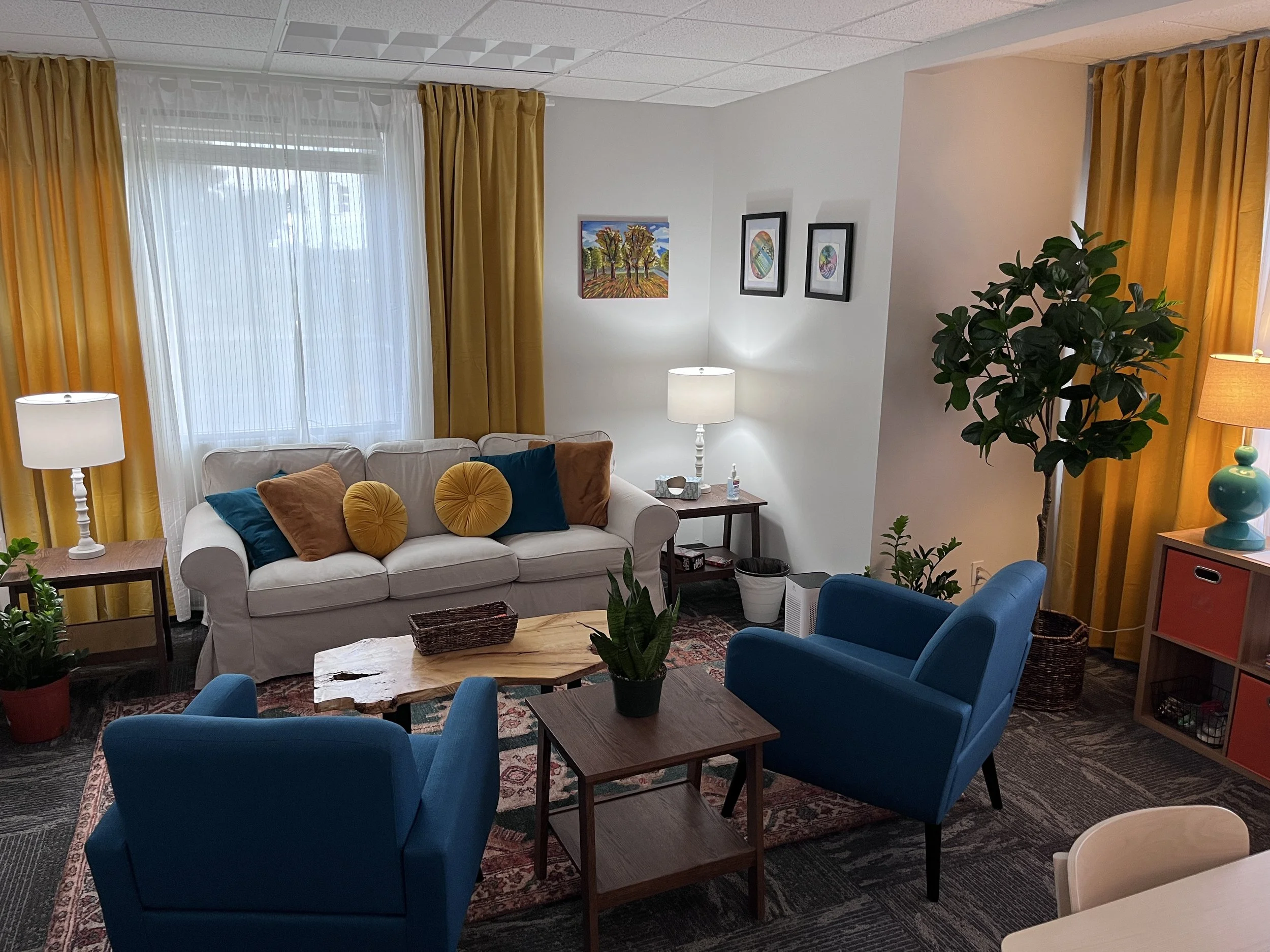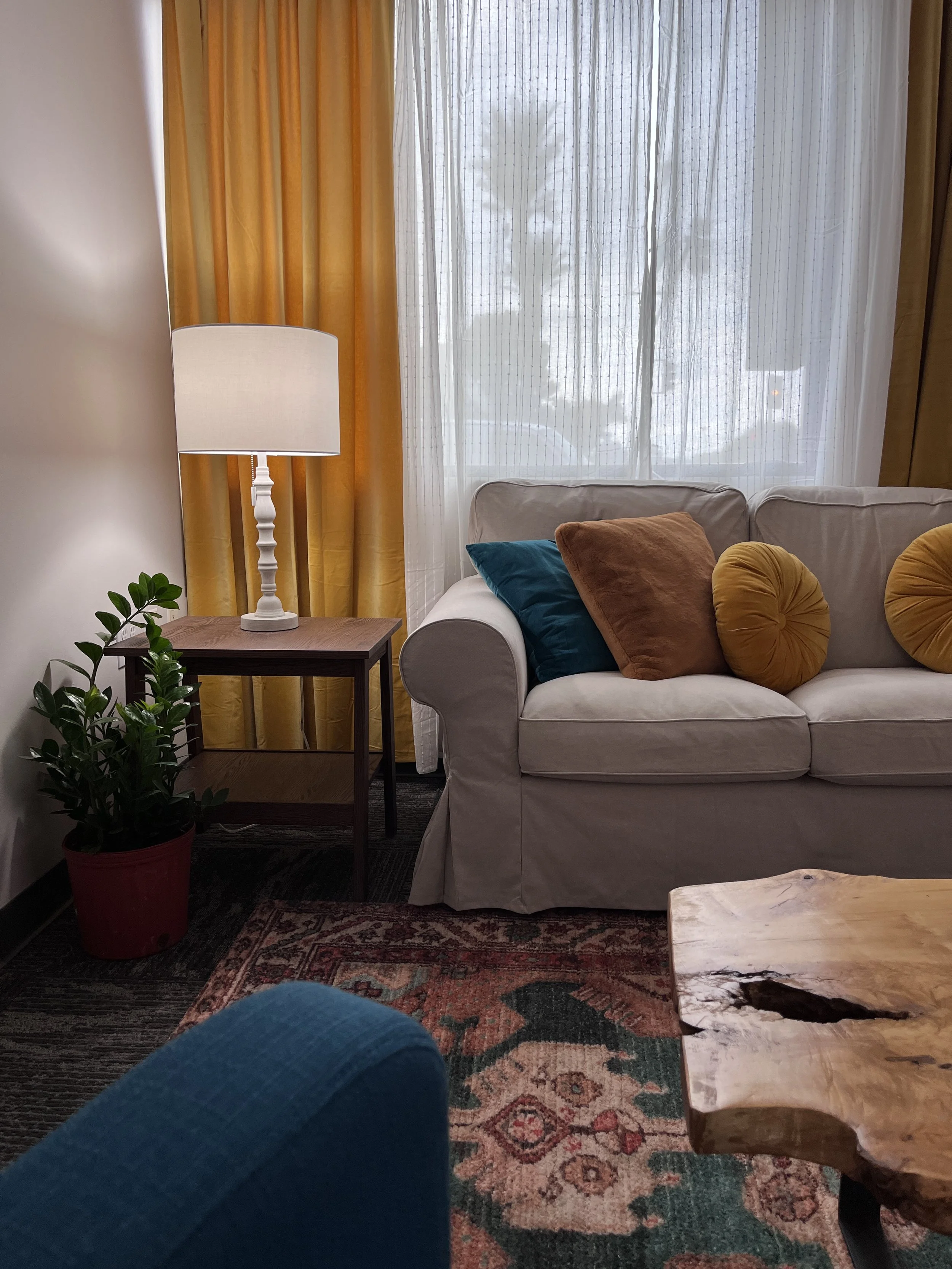Art Therapy
Art therapy is a form of psychotherapy that uses the creative process of making art to improve a person’s physical, mental, and emotional well-being. It is facilitated by a licensed mental health professional who is trained in both art and therapy. Art therapy integrates psychotherapeutic techniques with the creative process to help individuals express themselves and explore their feelings, thoughts, and experiences. This therapy is particularly beneficial for individuals who find it difficult to express themselves verbally. KT Moore is licensed art therapist and provides this service at GIC.
Research Evidence of Positive Outcomes
Research has shown that art therapy can lead to significant improvements in mental health and well-being. Studies indicate that art therapy can reduce symptoms of anxiety, depression, and PTSD, and enhance self-esteem and quality of life. A meta-analysis published in the Journal of Clinical Psychology found that art therapy significantly reduced trauma symptoms and improved emotional resilience. Another study in the American Journal of Public Health highlighted the role of art therapy in promoting psychological resilience and emotional recovery in individuals who have experienced trauma.
Why is Art Therapy Used?
Art therapy is used because it provides a non-verbal outlet for expressing and processing emotions. It is particularly beneficial for individuals who have experienced trauma, or complex identity struggles, as it can help individuals externalize and work through their experiences in a safe and structured environment. Art therapy can also aid in the development of coping skills, emotional regulation, and self-awareness. Humans have an amazing creative capacity to heal in beautiful ways. Art therapy has incredible healing power and is an excellent choice for anyone processing gender identity. Art therapy also helps build resilience by fostering a sense of control and empowerment, as individuals create tangible representations of their experiences and emotions.
What to Expect in an Art Therapy Session
In an art therapy session, the therapist provides a safe and supportive space for clients to engage in the creative process. Sessions typically begin with a brief discussion to set goals and intentions. The therapist may provide art materials such as paints, clay, markers, or collage supplies. Clients are encouraged to create artwork that reflects their thoughts and feelings. The therapist may guide the process by suggesting themes or prompts but allows the client to lead their creative exploration. After the artwork is created, the therapist and client discuss the piece, exploring its meaning and the emotions it evokes. Sessions are typically 50 minutes long and conducted one on one in individual therapy with KT Moore. You do not have to be a talented artist to do art therapy. Anyone at any skill level can engage in this process.
Application to the LGBTQ+ Community and Gender Dysphoria
Art therapy is especially beneficial for the LGBTQ+ community and individuals experiencing gender dysphoria. The creative process can provide a safe space for exploring and expressing one’s gender identity and sexual orientation. Art therapy can help individuals navigate the complexities of their identity, reduce feelings of isolation, and foster a sense of community. For those experiencing gender dysphoria, art therapy can be a powerful tool for exploring and finding their true self, reducing internalized shame, and improving self-esteem. Art therapy can also help address the unique stressors faced by LGBTQ+ individuals, such as discrimination and stigma, promoting overall mental health and well-being.
Sources:
Malchiodi, C. A. (2003). Handbook of Art Therapy. Guilford Press.
Slayton, S. C., D’Archer, J., & Kaplan, F. (2010). Outcome studies on the efficacy of art therapy: A review of findings. Art Therapy: Journal of the American Art Therapy Association, 27(3), 108-118.
National Institute for Health and Care Excellence (NICE). (2005). Post-traumatic stress disorder (PTSD): The management of PTSD in adults and children in primary and secondary care. NICE Guidelines. Retrieved from NICE Guidelines
American Art Therapy Association. (2023). About Art Therapy. Retrieved from American Art Therapy Association
Kapitan, L. (2018). Introduction to Art Therapy Research. Routledge.
Gantt, L., & Tinnin, L. W. (2009). Support for a neurobiological view of trauma with implications for art therapy. The Arts in Psychotherapy, 36(3), 148-153.




